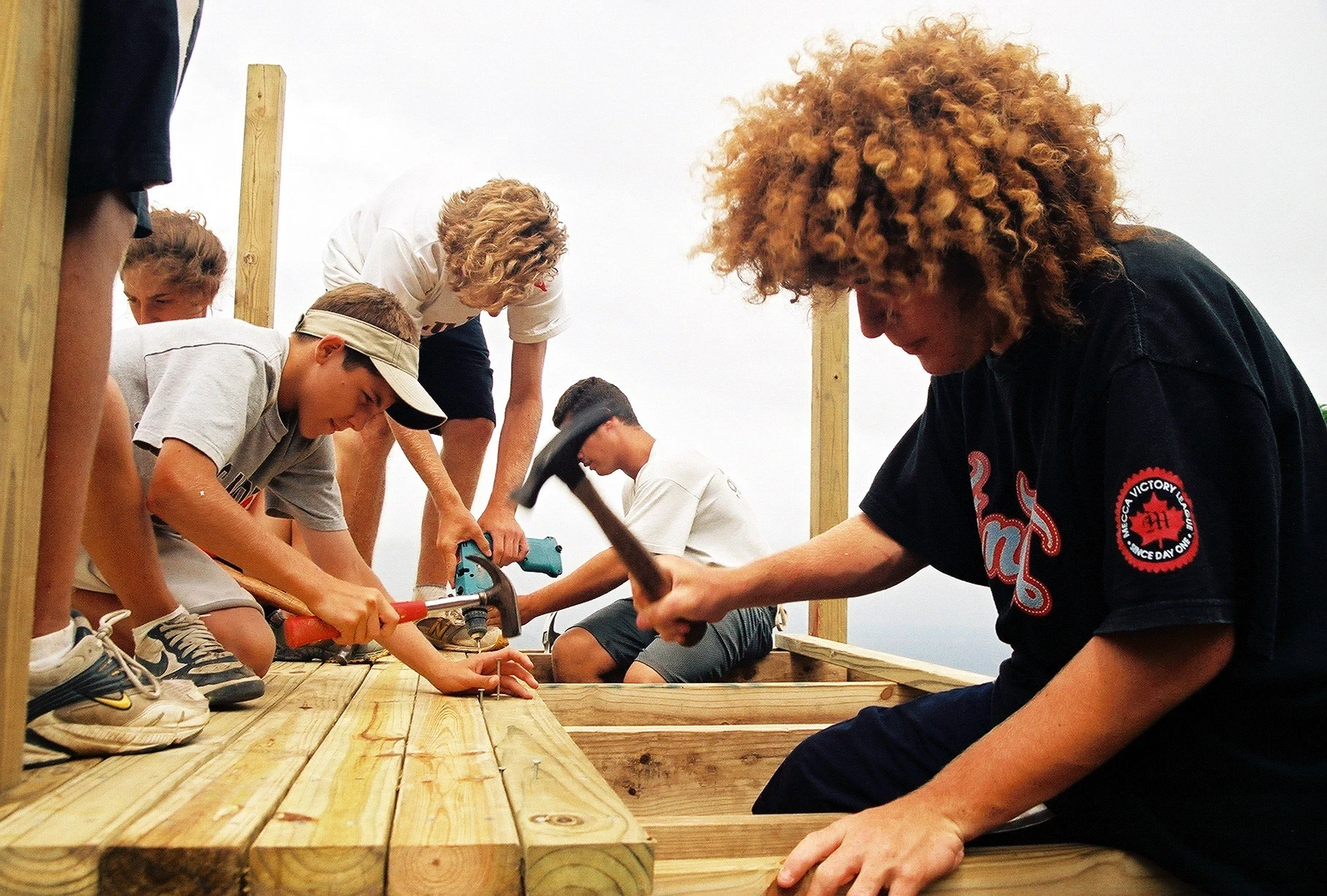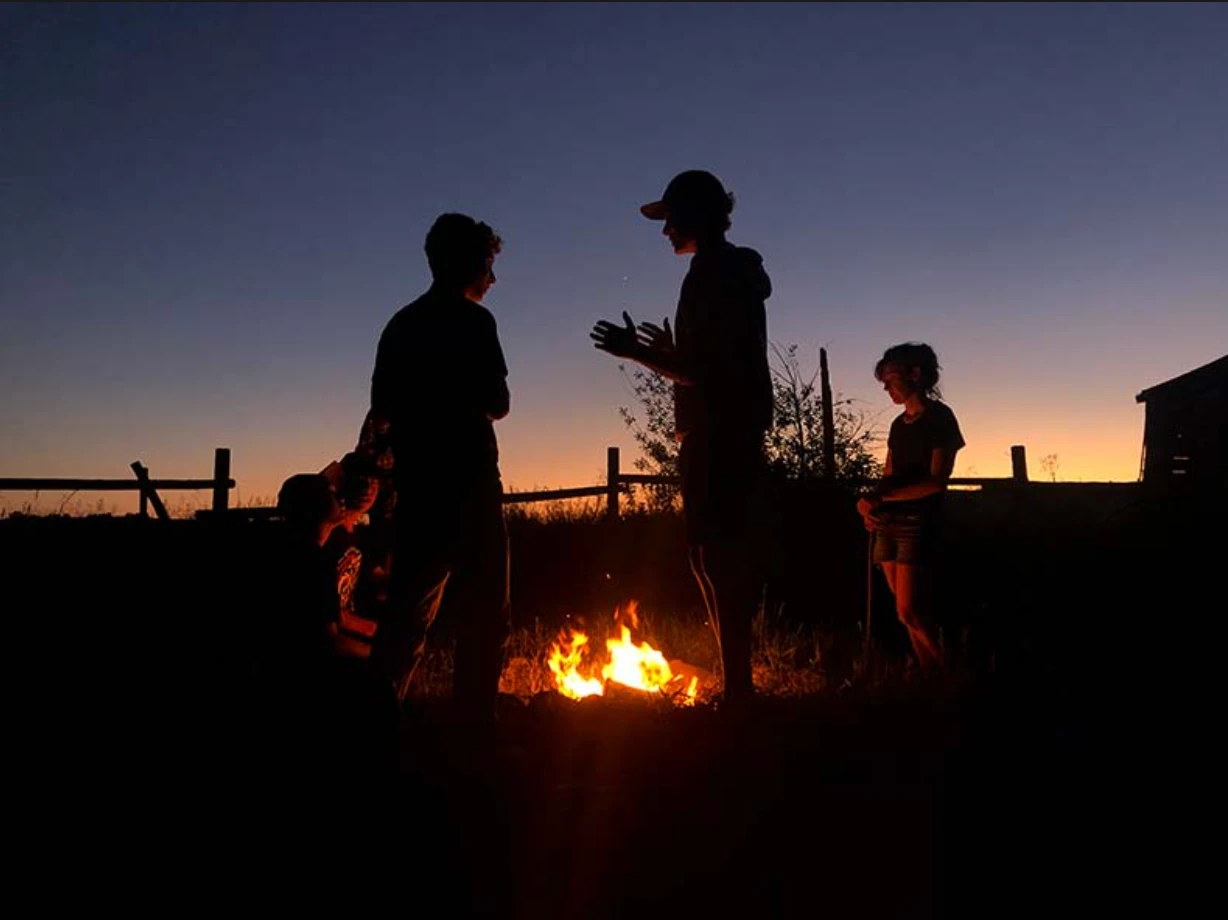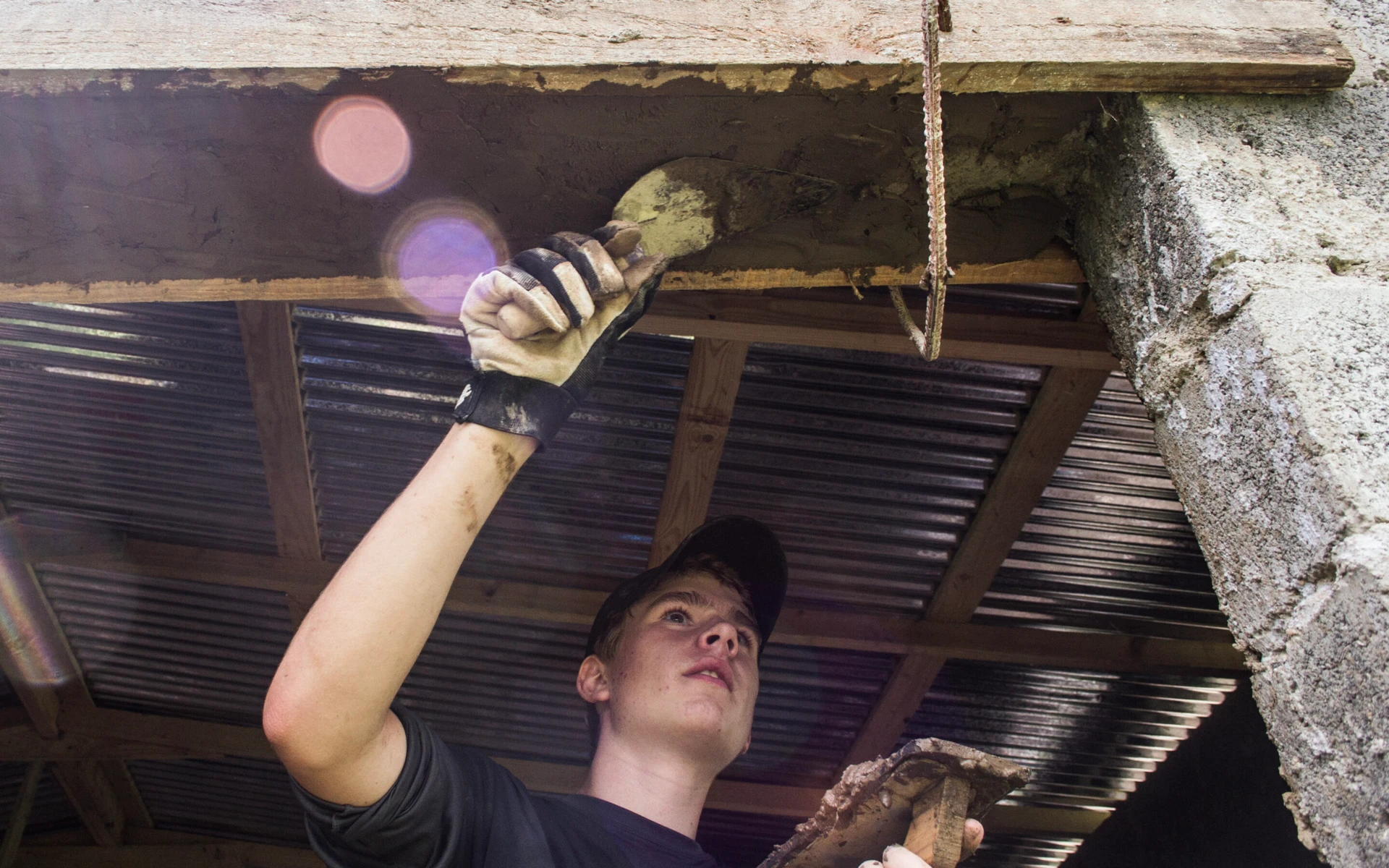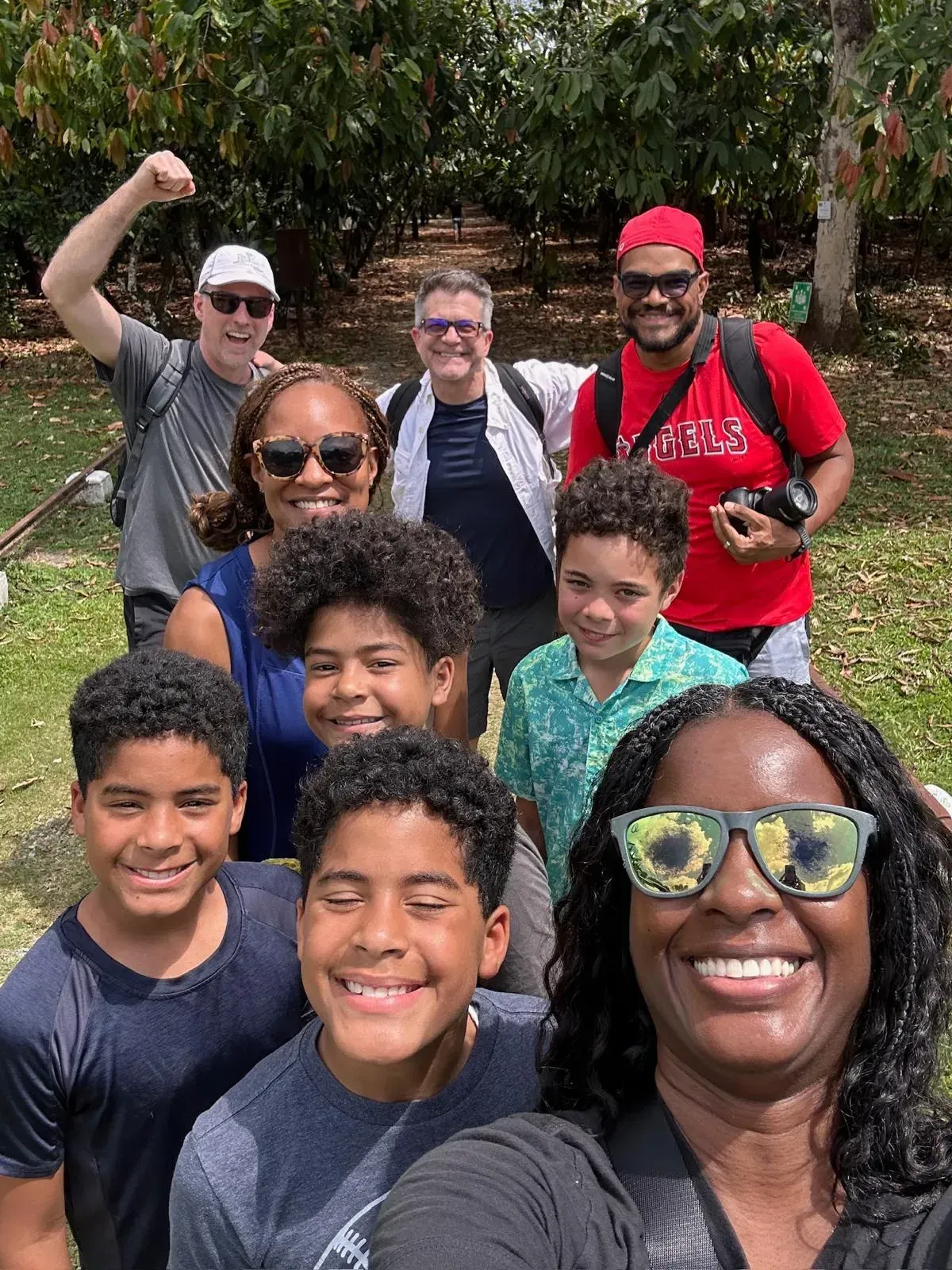By Owen Clarke
It’s a common question, but luckily, it’s a pretty simple answer. Service learning is the process of education through community service. The two ideas are related, but they don’t mean the same thing.
The best way to compare service learning and community service is the “rectangle-to-square” analogy. All squares are rectangles, but not all rectangles are squares. In the same way, all service learning is performed (in part) through community service. But not all community service is done in a way that provides participants with a learning experience.
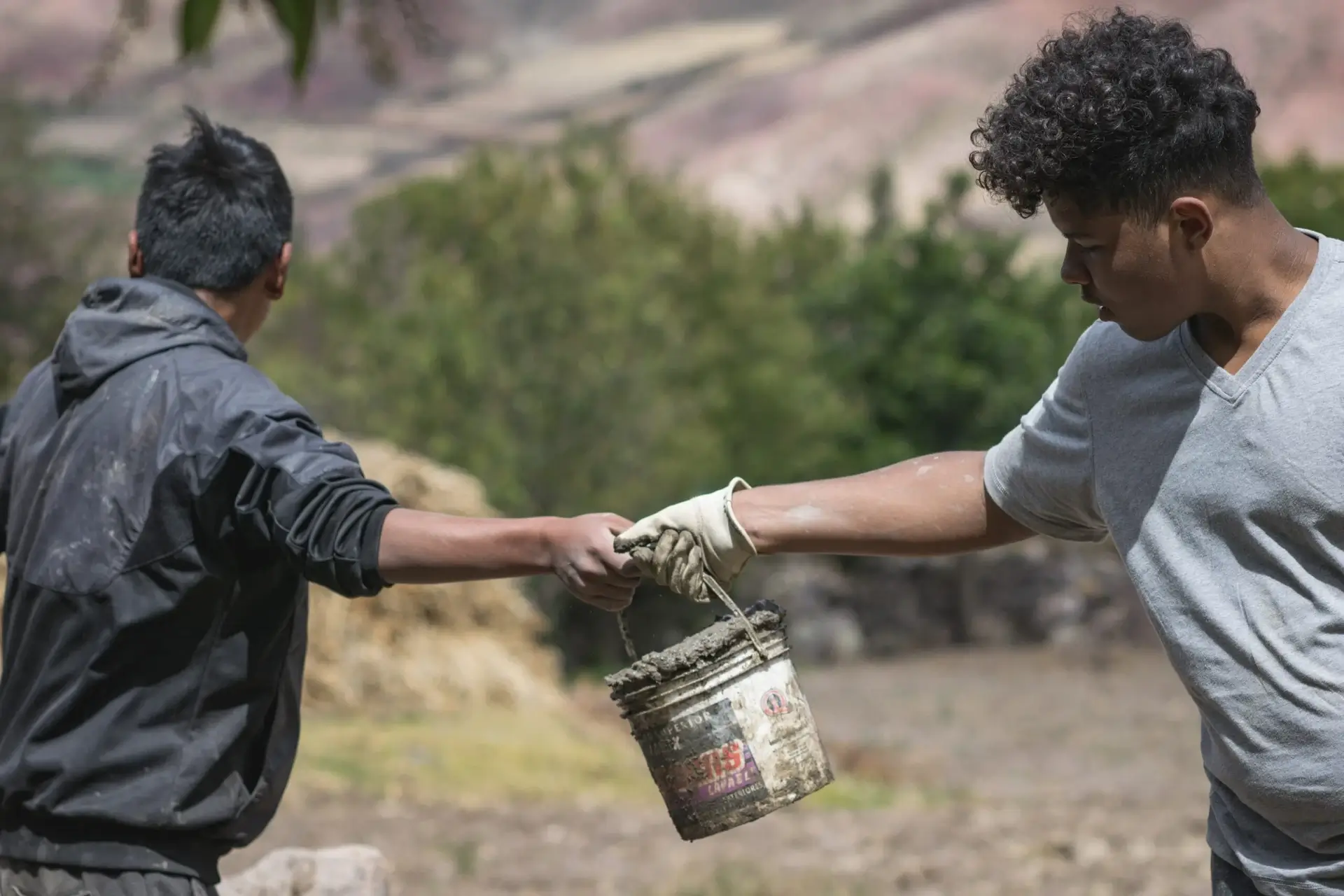
What is Community Service?
You’re probably familiar with the idea of community service, but let’s refresh here. Community service is often focused on physical labor, with projects such as painting a schoolroom or cleaning up litter, but not always. For example, you could also use tech skills to help set up a website for a local food pantry.
However, community service is usually a “one-and-done” activity. Projects are compartmentalized, contained and short-term. As a result, it’s a great way to introduce concepts of giving back to the community, but doesn’t involve the same level of decision-making, critical thinking, leadership skills and reflection that comes into play with a service learning project.
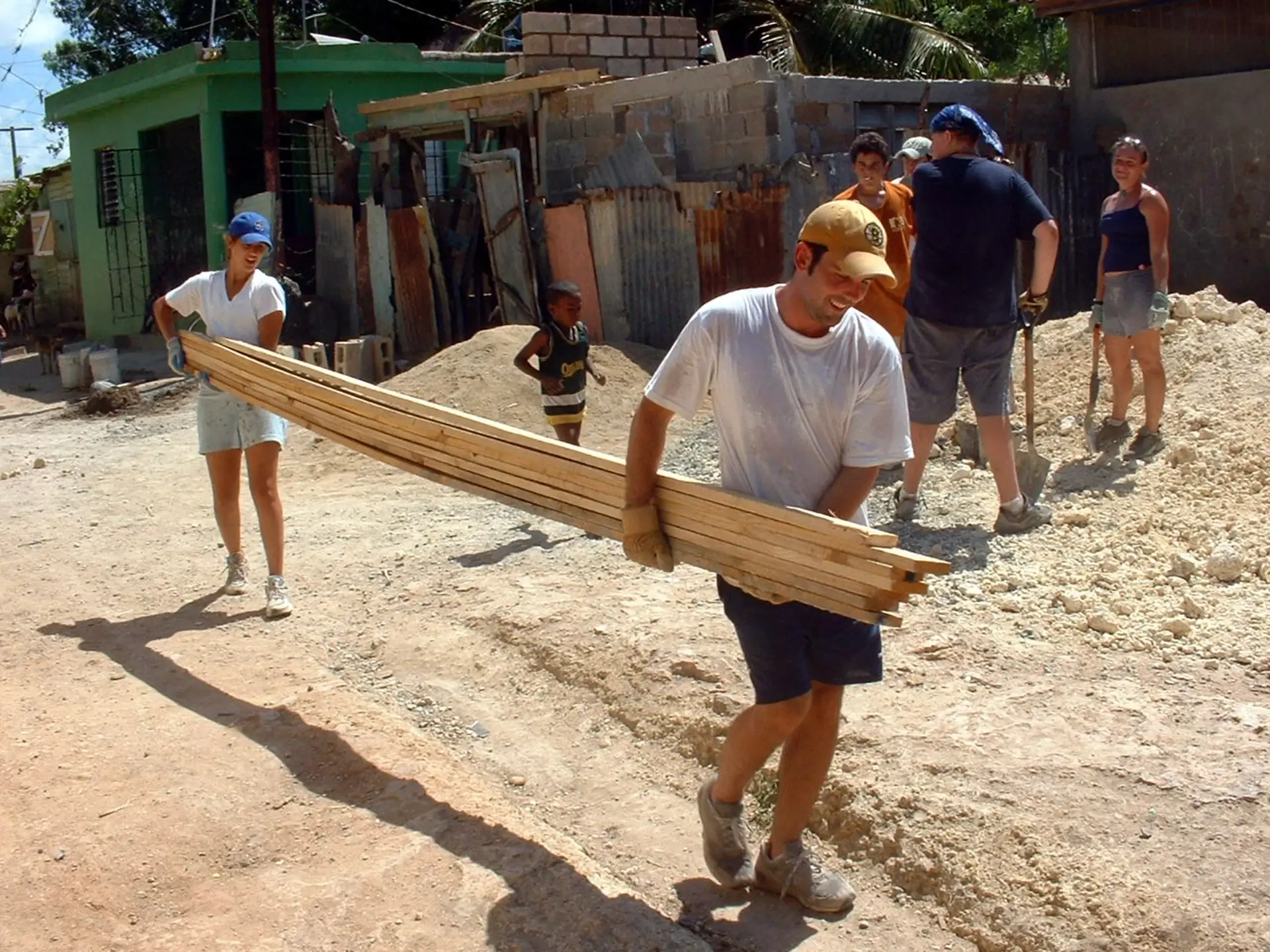
What is Service Learning?
Service learning can be a powerful experience for all ages, but it’s particularly transformative for teens and high school students. Unlike community service, service learning is a holistic, all-inclusive process. As many organizations say, service learning engages not only the “heart” and “hands,” but the “head” as well. Youth don’t just work on an existing project, they use ingenuity to develop solutions to address an existing need, implement a plan to work towards that solution, and then reflect on the results of their work.
Service learning participants are “learning” through every step of the process, not just the service work itself but the planning, support and outcome surrounding it. In many programs, including our service adventures, the service work is blended with adventure and cultural exchange, so it’s not all about hard work or education… It’s a lot of fun, too! (Let’s just say a service adventure is much more impactful AND exciting than the traditional summer camp experience you might be familiar with.)
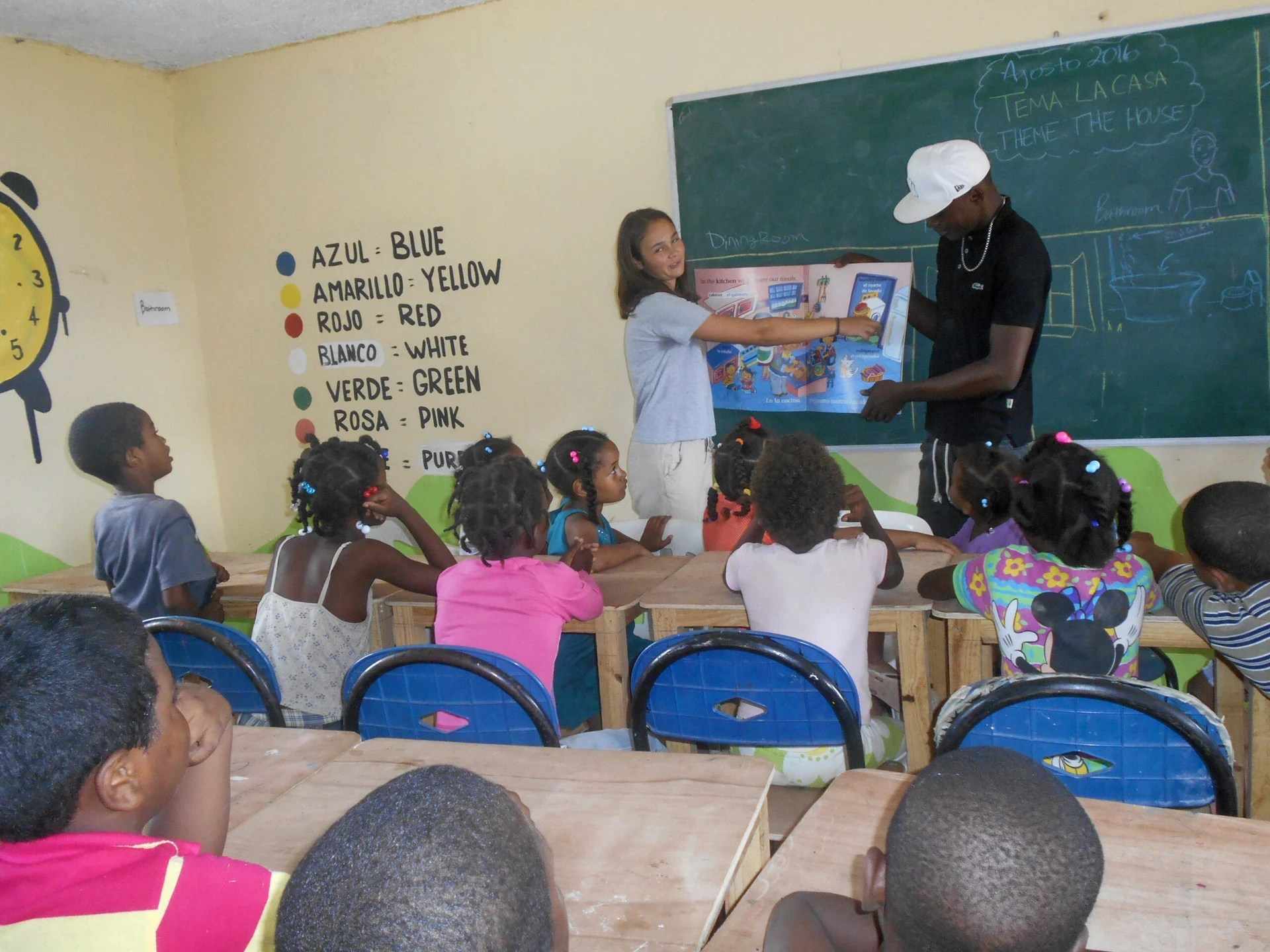
What Makes Community Service Service Learning?
Service learning is the process of education—whether traditional academic education or personal growth—via performing service work. So as you can imagine, many community service projects can serve to facilitate education and growth. But not just any community service work will be transformative and impactful in the way that true service learning is.
Most organizations define the “learning” component of service learning as strictly academic. It’s a type of education that, first and foremost, serves to enhance traditional academic curricula. But here at VISIONS, our idea of service learning is a bit more outside the box. A VISIONS adventure isn’t about academics. The transformative power of meaningful service isn’t something that makes you come away with higher standardized test scores or GPAs.
Service learning at VISIONS is about developing emotional intelligence and maturity. Service learning concepts include learning to walk in another person’s shoes, building grit, character, empathy and myriad life skills, unplugging from technology and working to better the world around oneself—all while intimately immersing in local culture.
So, in order for community service work to be a service learning experience, the work has to foster some level of connection with the culture and community you are working in. It can’t be transactional, and it can’t be purely physical. Participants also have to take time to look back and reflect on what they did, analyzing what worked, what didn’t, and what could change to make the service more effective and efficient the next time around.
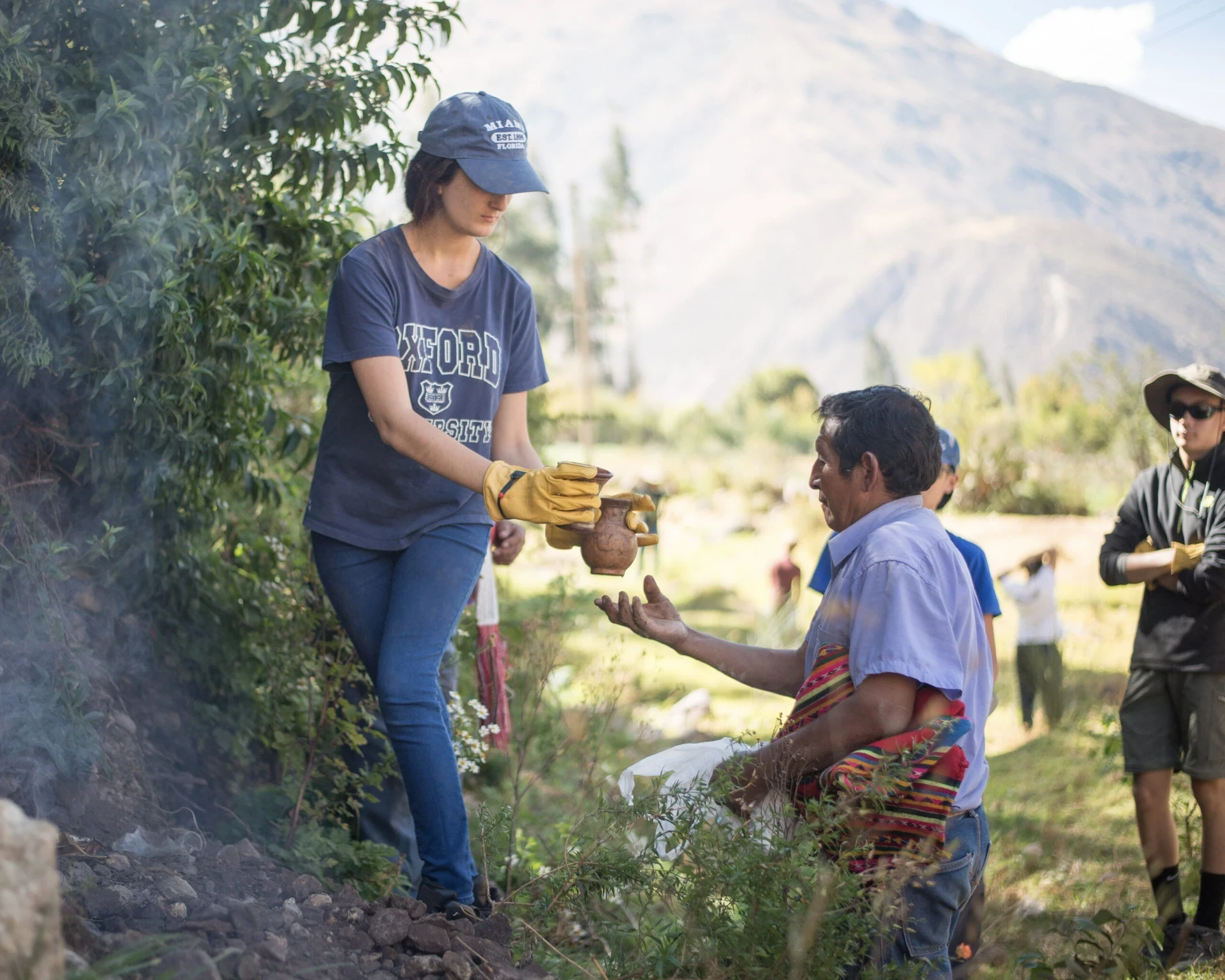
In short, the service has to be meaningful. If you’re simply visiting a community, performing a bit of manual labor, and then leaving, there is no “learning” component. The experience has to facilitate emotional connection and growth, like our service adventures.
This includes sharing home-cooked meals with local families, participating in community events, games and ceremonies and working side-by-side with local people, learning from their drive, character and skill. Participants dive into cultures and communities ranging from the Montana Blackfeet Reservation to Peru to the Dominican Republic and British Virgin Islands!
So if you’re interested in truly learning—intellectually and emotionally—through service work, check out VISIONS. We don’t craft programs with the aim of simply providing a service. We craft programs with the aim of making connections. We eat, sleep, work and wholly immerse ourselves in the daily lives of our partner communities. As we say at VISIONS… we put down roots.



